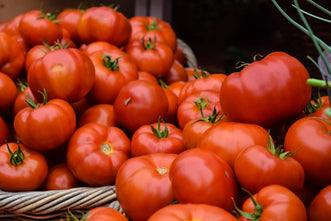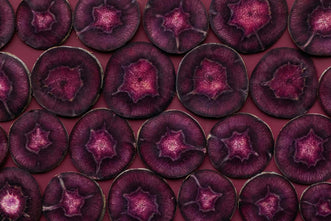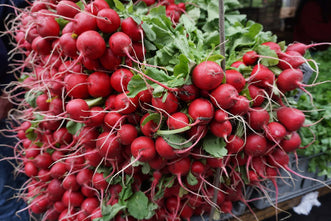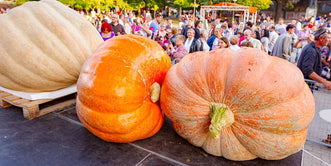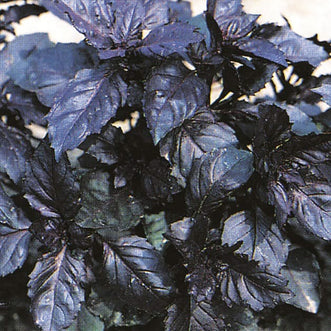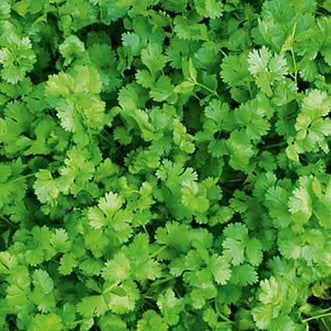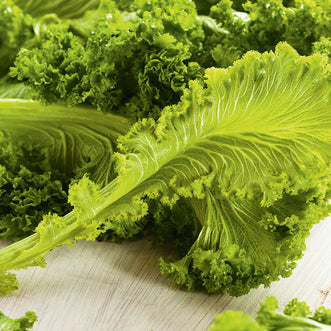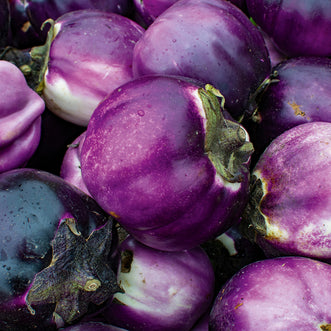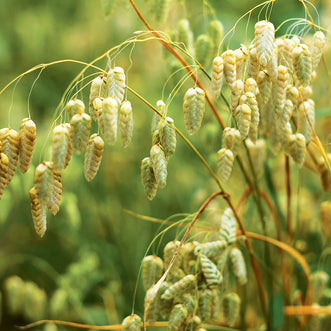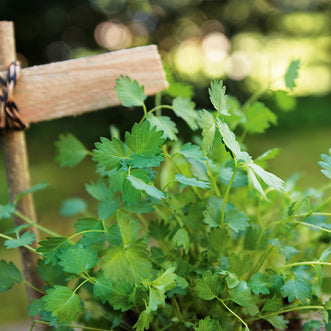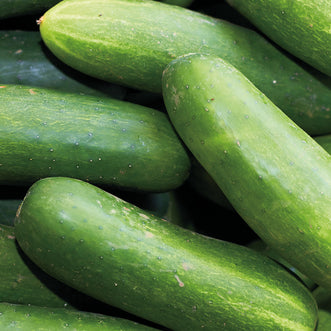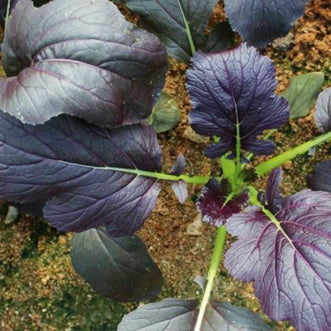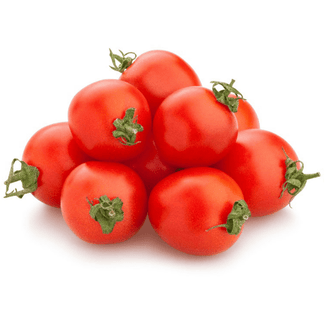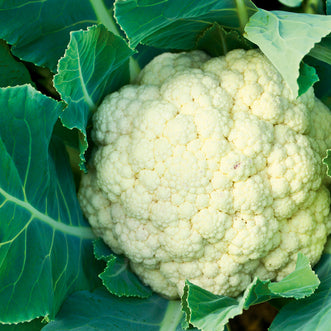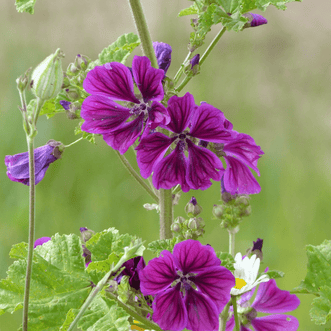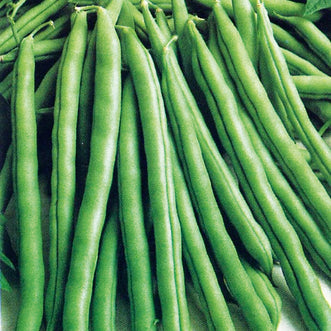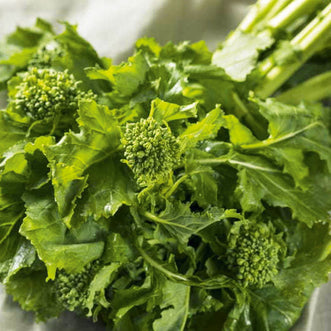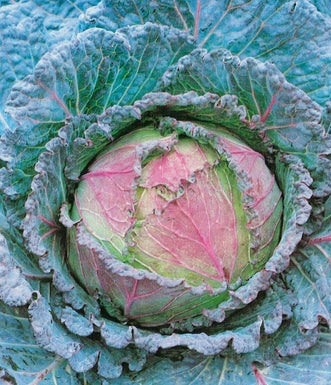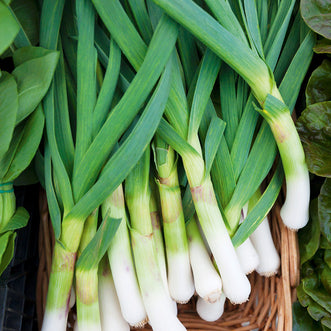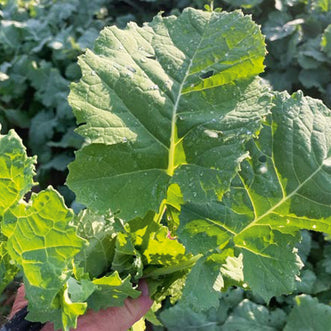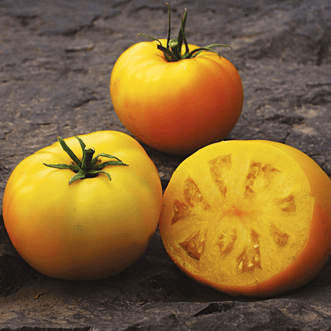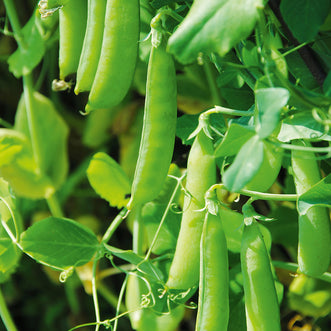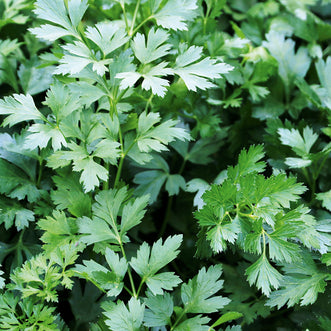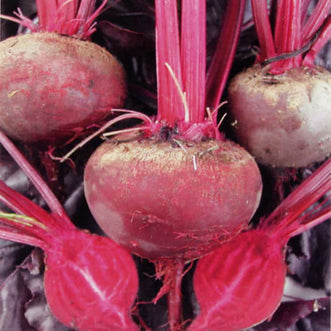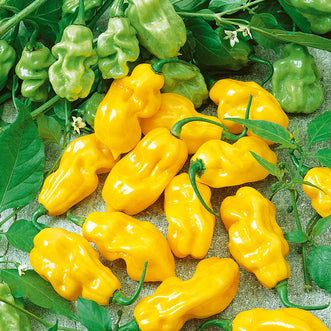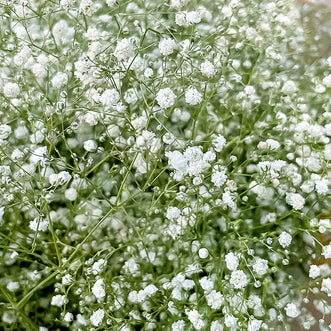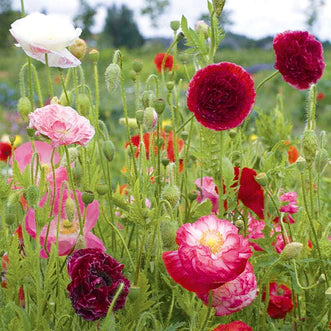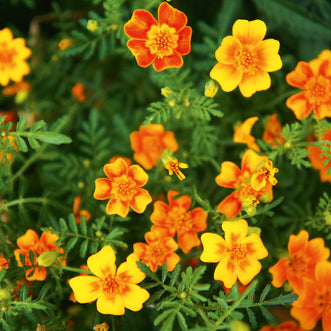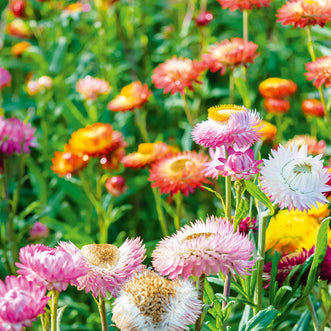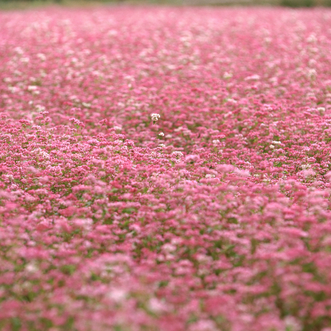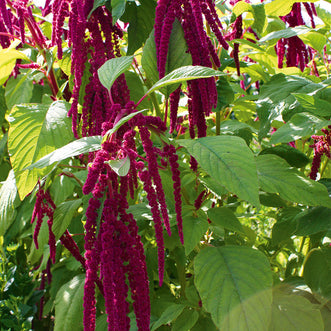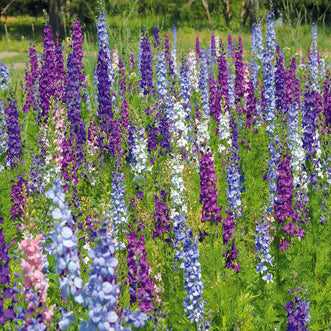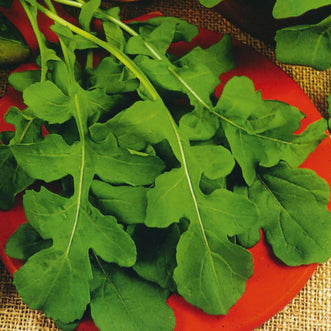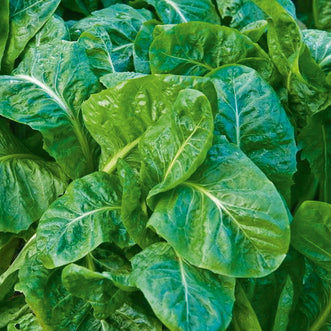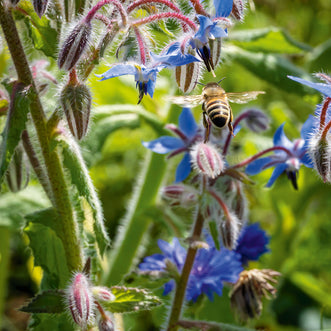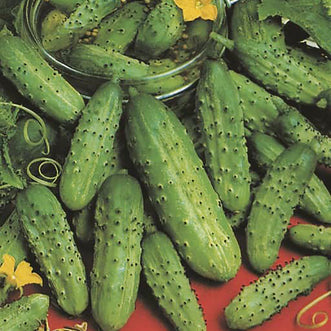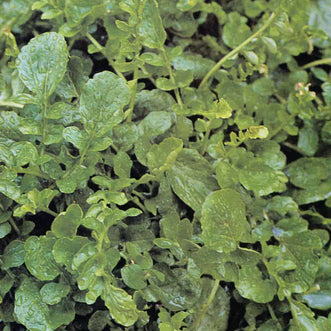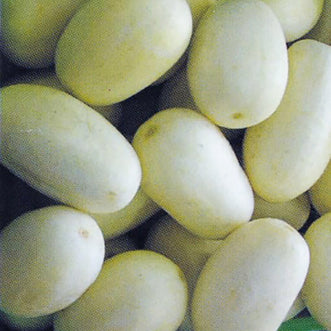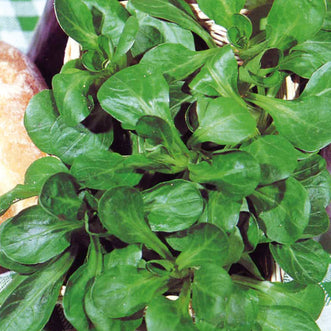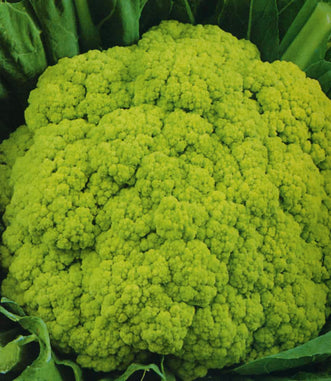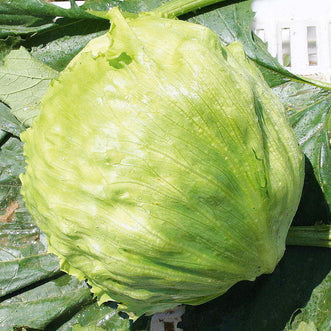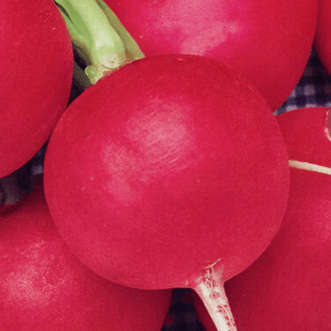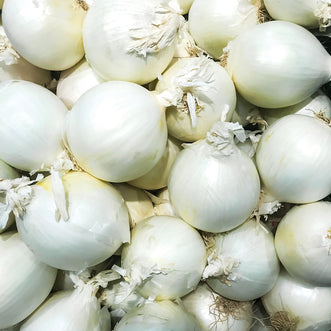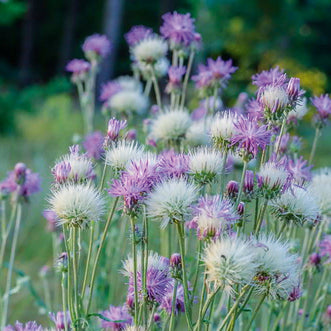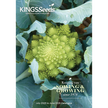Broad Beans - love them or hate them?
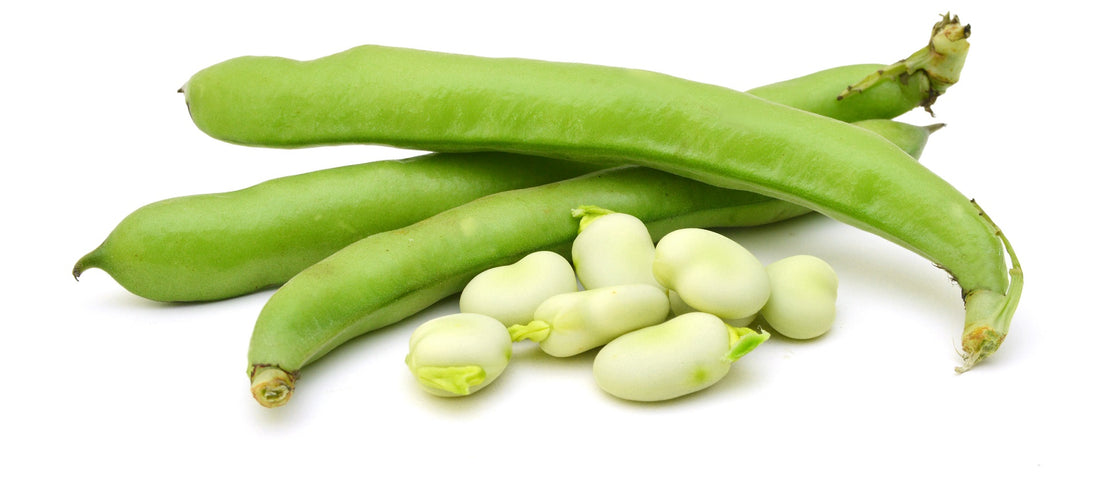
It's that time of year when many gardeners will have already designated, or will about to be making, space in their vegetable patch for a few rows of Broad Beans. Broad Beans are a cool weather crop and prefer the autumn to spring range of temperatures as the hot summer months don’t really suit their growth cycle.
They were thought to be first domesticated by the peoples of the Mediterranean region about 5000 years ago and are still very popular in Italian and Greek cuisine. They were the only known beans until explorers discovered the Americas and returned with other bean varieties. As well as being a highly nutritious source of protein, soluble fibre, vitamins and minerals, they’re also very tasty and can be a substitution in recipes for other pulses like lentils, peas and dried beans.

Broad Beans are easy to grow and, as long as the ground is reasonably fertile, well drained and in a sunny position where it's not too windy, you’ll probably succeed with a rewarding crop. Soak seeds for a couple of hours before sowing them - this will rehydrate them resulting in a more even strike rate. Like most crops, it's best to rotate the ground where they’re growing each year to avoid a build up of pests and disease specific to beans.

There aren’t too many problems growing Broad Beans. Although birds like blackbirds, thrushes and pukeko are known to pull out emerging seedlings and slugs can cause damage as well - otherwise they're an easy crop to grow. Being a tall crop, providing some form of support to stop them toppling over when they get top heavy is a good idea. This could be vertical netting or even sturdy posts with strings gathering them up at several heights. If you don’t, one big unexpected heavy gust of wind could lay them flat. Avoid using too much nitrogen based fertilizer or else you’ll end up with great big leafy plants and flowers that fall off and don’t set pods. Broad Beans are pollinated by honey bees and bumble bees so to encourage these to your garden. Sow some pollen and nectar rich annual plants nearby that tolerate cool weather at a similar or slightly earlier time so flowering times are close together. Phacelia and Borage would be ideal for this.

Broad Beans ripen from the bottom of the plant upwards for the most tender beans harvest the pods when they’re approximately 100mm long before they’re fully developed. Picking them regularly will encourage the later pods to ripen giving you an extended harvest season. The leafy top shoots of the plants are also edible - eat them raw, steam them or add them to stir fries as an extra green. Once the picking is over and done with, the plants can be chopped down and dug in, they make a great compost the worms and soil microbes will be grateful for. However leave the stumps of the plants in, they will quickly decompose and release the nitrogen nodules from their roots to benefit the next crop going in.

The freshly picked beans can be eaten steamed or boiled, as they mature it's better to remove their tough outer skins after cooking. If you have an oversupply of harvestable pods at any time, you can shuck them, and blanch and freeze them for later use.
Crushed Broad Bean and Mint Bruschetta
250g cooked broad beans, with the outer skin removed (just squeeze them to do this)
handful grated parmesan ( plus a few shavings to finish)
a couple of slugs of extra-virgin olive oil
a small bunch of mint, leaves only, chopped
1 garlic clove, halved
1 French stick or small ciabatta, cut into 8 thin slices and toasted
After cooking your broad beans, squeeze the outer skin off each bean, then place them in a bowl and lightly crush. Season, then mix in grated parmesan, freshly chopped mint and a slug of olive oil. Rub slices of toasted bread with a cut garlic clove. Top with the broad bean mix, drizzle over a little more oil and finish with parmesan shavings.

If you want a good resource for more recipes for using your broad beans, check out the BBC's Good Food site - the recipes sound great!

